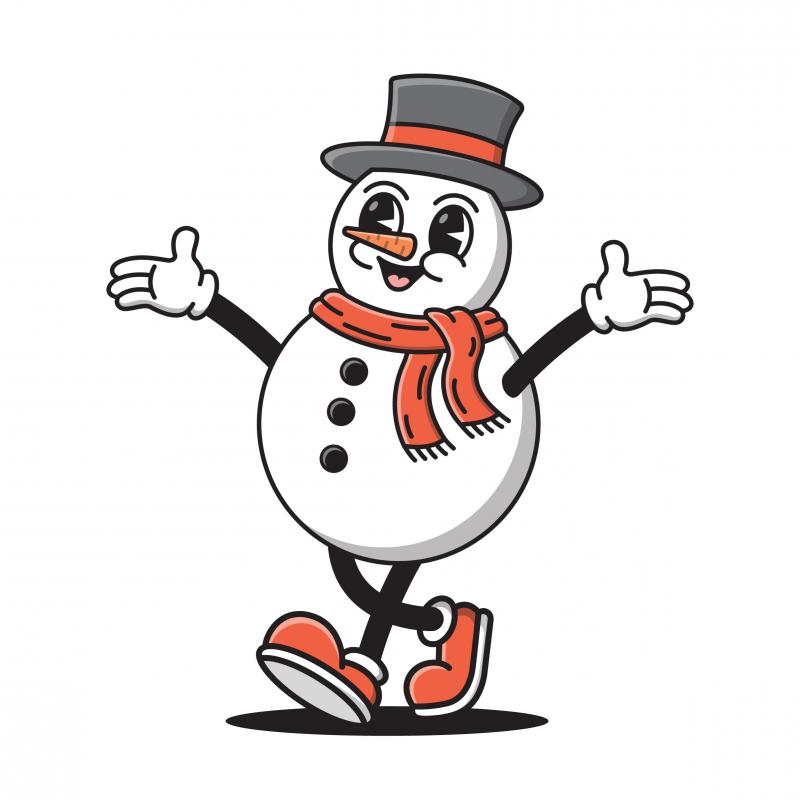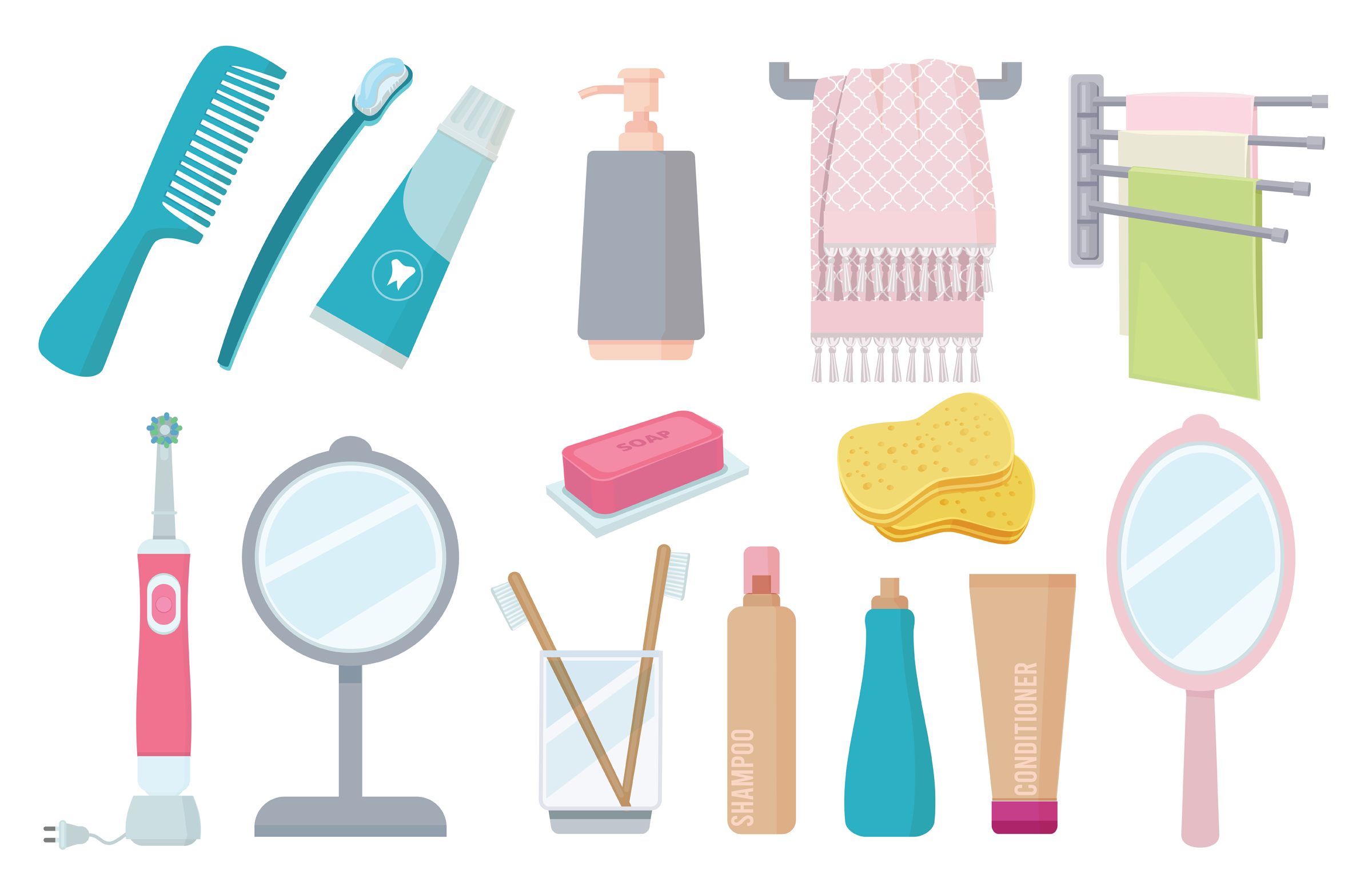
Are you one of many art educators who are tasked with teaching young children about primary colors? Or perhaps, you are a multi-subject teacher who is looking for tips for their lesson plan. Either way, if you’re looking for ways to teach young kids about the colors red, yellow, and blue; you’re in the right place!
This post has tips for teaching kids how to identify each primary color from an early age. So, what are you waiting for? Keep scrolling! 5 Tips and 10 visual aids can be found below.
In this post:
What are primary colors?

Primary colors can be defined as the hues from which all of the other colors on the color wheel are derived. There are three main primary colors. They are red, yellow and blue.
“Primary colors include red, blue, and yellow. Primary colors cannot be mixed from other colors. They are the source of all other colors.” – Crayola, What Are The Primary Colors?
5 Tips to Help Young Children Learn Primary Colors

- Before planning a lesson, slowly introduce the colors to the student(s).
- Use comparative language to help the child learn the difference between color hues. (i.e. the apple is red, the banana is yellow and the candy is blue)
- Reinforce the child’s knowledge by pointing out the colors of objects in their environment or having them identify them for themselves.
- Take children on a color walk around the school or neighborhood. As you all traverse the landscape (or room), have students identify the colors in commonplace objects.
- Use music to help create color-object associations. Teachers can make up songs themselves or uses resources like Teaching Mama to share a vibrant tune with their classroom.
10 Visual Aids to Help with Color-Centric Lesson Plans
When teaching children about the three primary colors, it’s important to bring in visual aids to reinforce your lesson plan. These visual aids can include illustrations of shapes, pictures of colorful scenes, or even physical objects that showcase the colors you want to teach. Below are 10 clipart images that teachers and homeschooling parents can use to help children with the colors red, yellow, and blue.
1. Primary Colored Kids Clipart
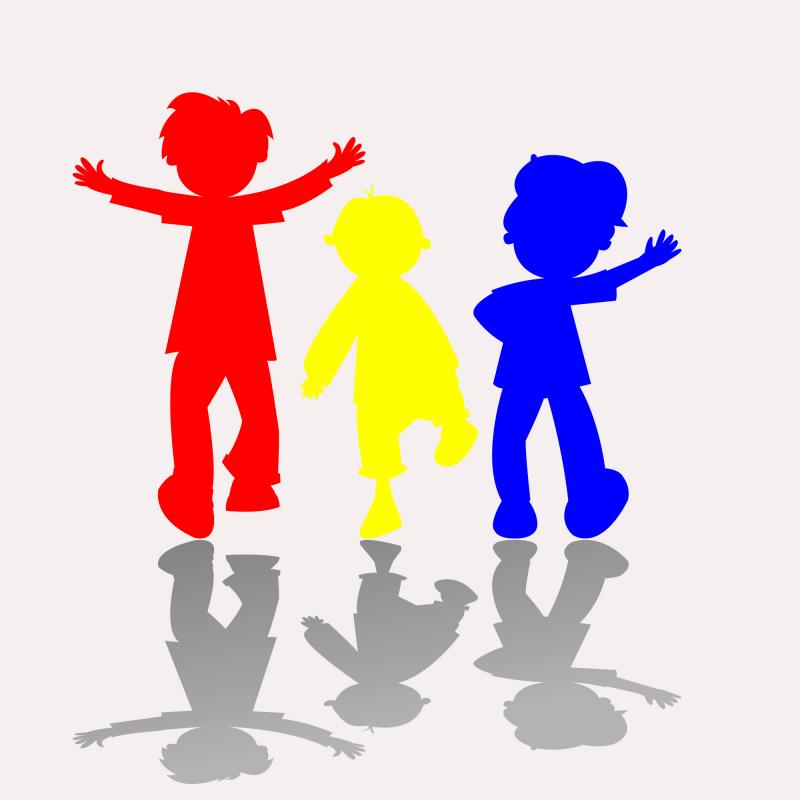
Kids connect to visual aids because they help reinforce the knowledge presented to them. Use this visual aid, that shows three silhouetted kids in red, yellow and blue, to introduce those hues to your students.
Questions to ask your class:
- Have you heard of the color red?
- Can you think of something yellow?
- What is your favorite blue thing?
2. Red Apples in Blue Basket Illustration

Apples can be used to create common object-color associations. Use this clipart image to take that association to the next level by comparing the color of the apples with the color of the basket they rest in. For instance, a teacher could present this visual aid to the class and have them identify the colors of the apples separately from the color of the wicker basket.
Questions to ask your class:
- Can you name all of the colors you see?
- What color are the apples?
- What color is the basket?
3. Yellow Banana Vector

Similar to apples, bananas can be used to create object-color associations. Bananas, in their bright yellow hue, can be presented in picture form or by using the actual fruit – as a tangible example of something yellow.
Questions to ask your class:
- What color is this fruit?
- Do you like yellow bananas?
- Have you ever peeled a yellow banana?
4. Red Theater Curtains Vector

Need an example of a red object that isn’t an apple? What about theater curtains? Use this image to introduce another red object to the students in your classroom.
Questions to ask your class:
- What color is the curtain?
- What color is the ribbon tying the curtain?
- Have you ever been to a theater and seen a big red curtain?
5. Blue Cars Vector Icons

If you want to expand a student’s understanding of the color blue and its varying shades, fruit might not be the best way to go. Instead, focus on real-world objects, such as vehicles, to convey the concept of the color blue to your students.
Questions to ask your class:
- What do you see?
- Can you name this color?
- Have you ever seen a blue car?
6. Yellow Honeycomb Clipart
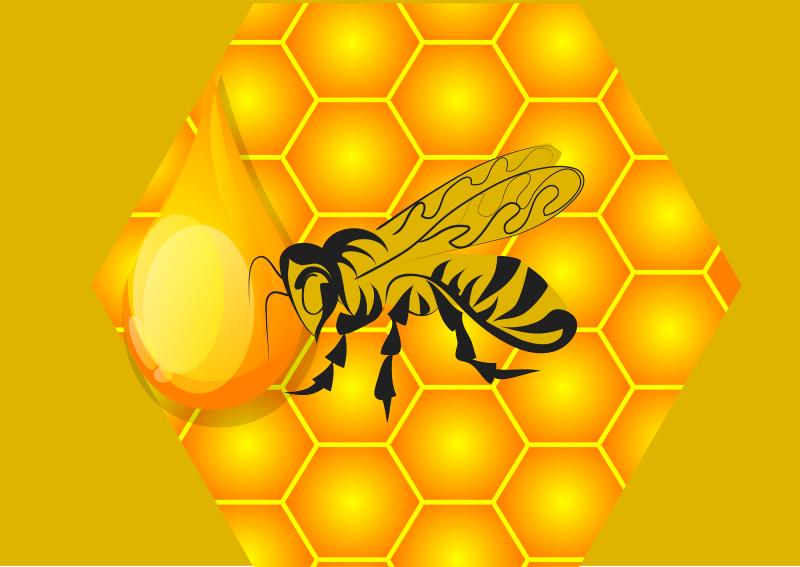
Bees are another good example to use when explaining the color yellow. These may be viewed in person if a pollinator garden is nearby. If not, visual aids, like this one above that features a honeybee and honeycomb, can be used to provide context.
Questions to ask your class:
- What is the color of a honeybee?
- Have you ever tasted yellow honey?
- Are the honeybee and honeycomb the same color?
7. Red Fire Truck Illustration
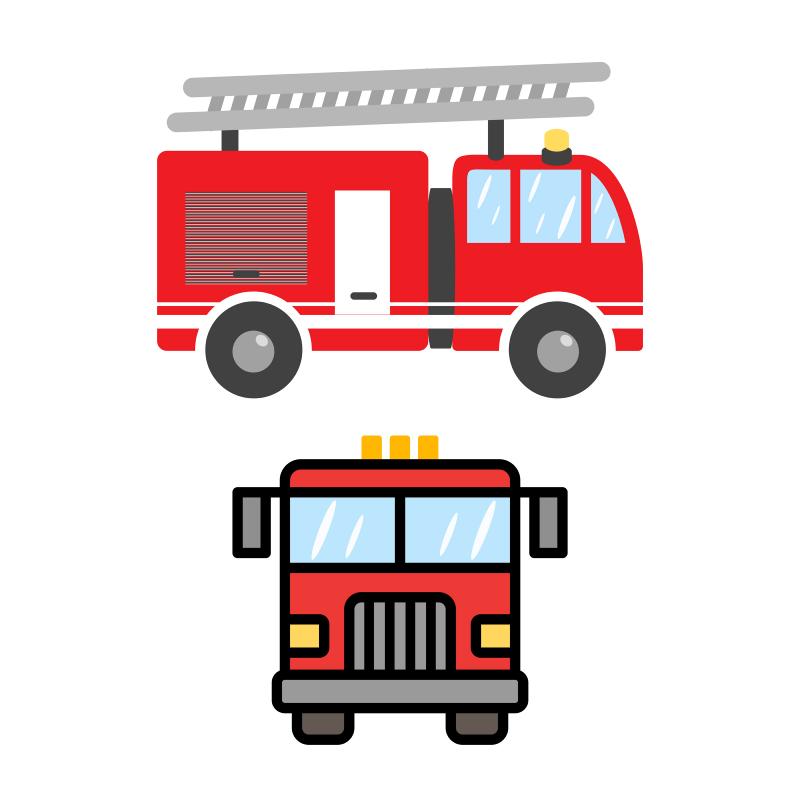
A fire truck is another real-world example that an educator can use when reviewing the color red. Download this illustration of two red emergency vehicles and incorporate them into your primary colors lesson plan.
Questions to ask your class:
- Are the trucks the same color?
- What is this color called?
- Have you ever seen a red fire truck in person?
8. Tropical Summer Concept

Sometimes, colors can also be introduced in tandem with seasons. Use visual aids, like this tropic summer concept, to illustrate both colors and weather patterns of different places.
Questions to ask your class:
- What colors do you see in the sky?
- What color is the sun?
- Can you name all of the colors you see?
9. Red and Blue Floral Design
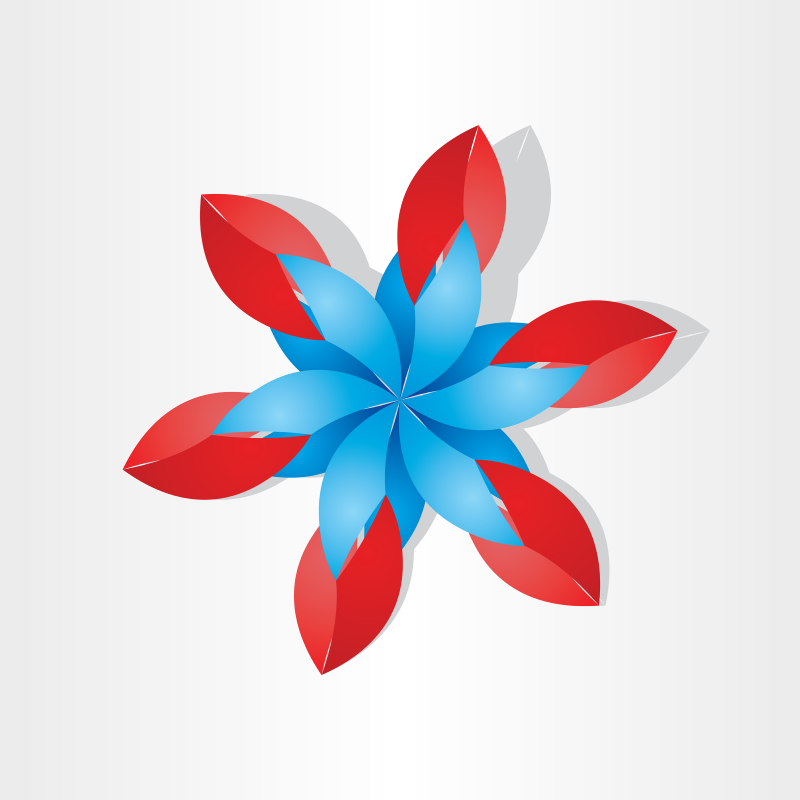
Looking for examples that have two primary colors? Use this vector icon of a floral design with blue and red petals.
Questions to ask your class:
- What colors do you see?
- Can you point to the blue petals?
- Can you point to the color red in the image?
10. Sun and Sea Illustration

Sometimes a simple illustration is all you need to get your point across. Show your students this drawing of the sun and sea and have them identify the different colors they see.
Questions to ask your class:
- What color is the sun?
- Are the sun and sea the same color?
- What color is the water?



